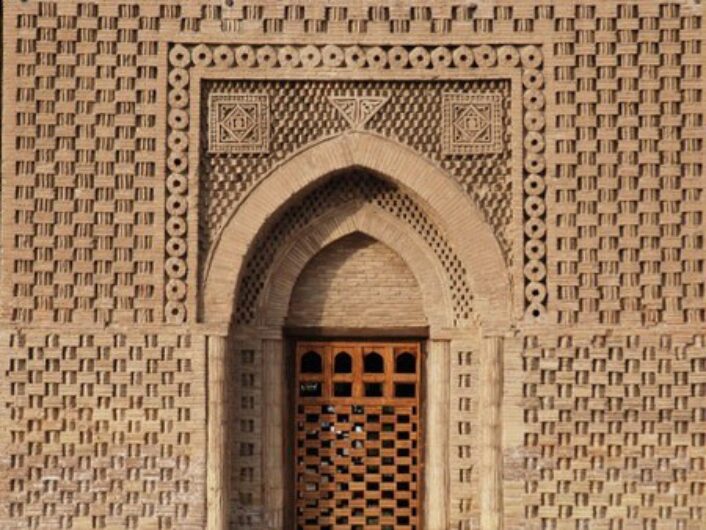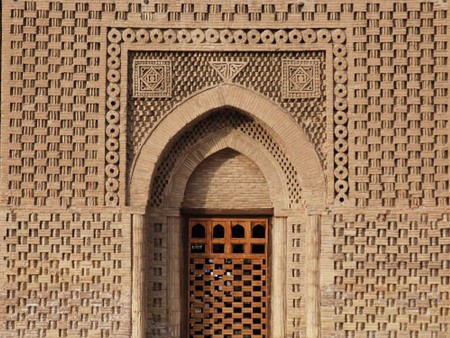
Samanids Mausoleum, Bukhara.
Image courtesy of Advantour.
Our Senior Designer, Gosia, recently traveled to Uzbekistan and came back with so many wonderful photos we had to share. Today we would like to feature her travels in Bukhara, a historic city in central Asia that is located on the Silk Road. The city was a melting pot of cultures: Greek, Persian, Mongolian, Turkish and more. This broad influence created fascinating architecture. Two of the most memorable sites are the Samanid Mausoleum and Poi Kalyan.
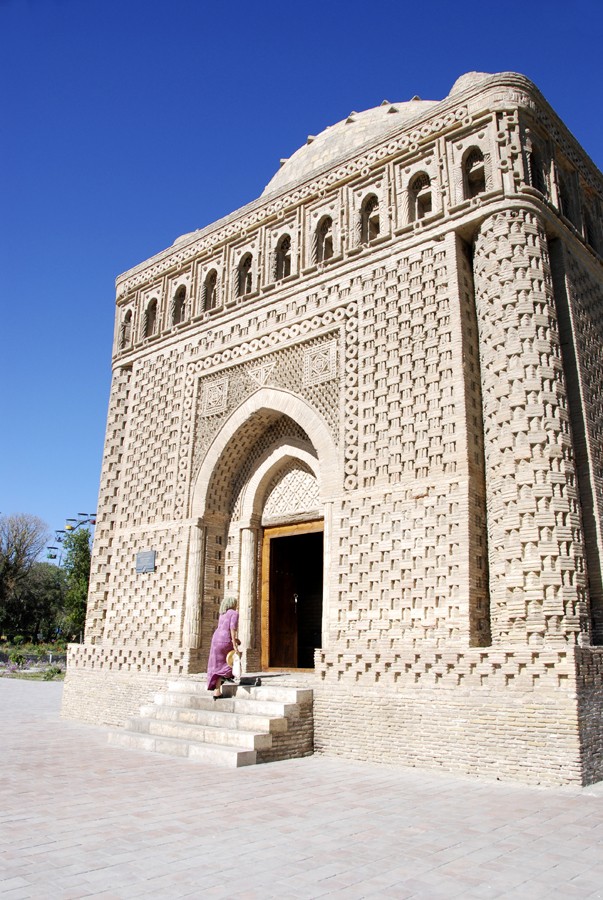
Samanid Mausoleum.
Image courtesy of Gosia.
Samanid Mausoleum is one of the most esteemed sites of Central Asia. It took almost 100 years to build, and was completed in the 10th century as the resting place for Ismail Samani, a powerful amir of the Samanid Dynasty. The architecture of the structure marked a new era for Central Asia after the Arab conquest. The structure still uses traditional baked brick, however the level of detail was dramatically increased.
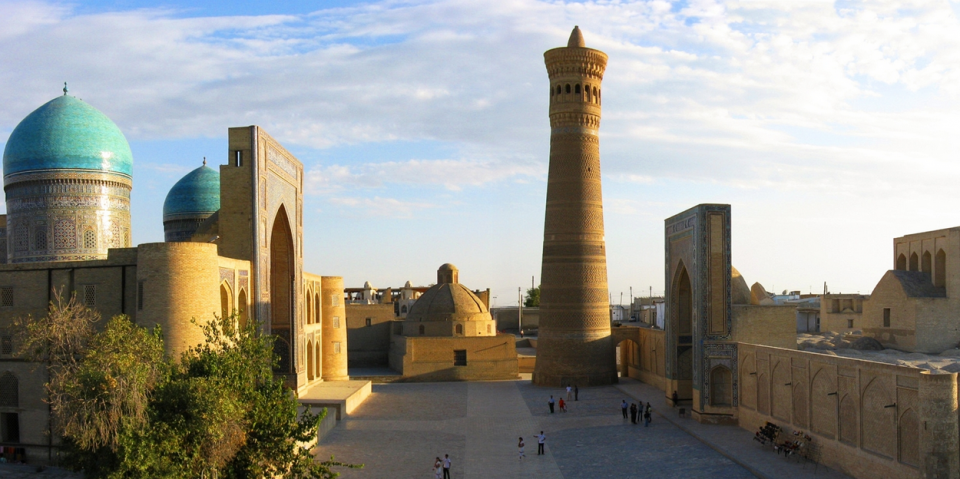
Poi Kalyan Complex
Image courtesy of Jet Set Blog.
Poi Kalyan, which means “The Foot of the Great”, is a religious complex seated around the Kalyan minaret. The minaret is the most famed part of the complex and was the only thing left from the original complex after Genghis Khan sieged Bukhara. The complex was later rebuilt.
The minaret was designed by an architect by the name of Bako. He designed it to have a circular staircase in the middle with 16 archways at the top, allowing light to filter into the structure. The brickwork of this structure is absolutely amazing.
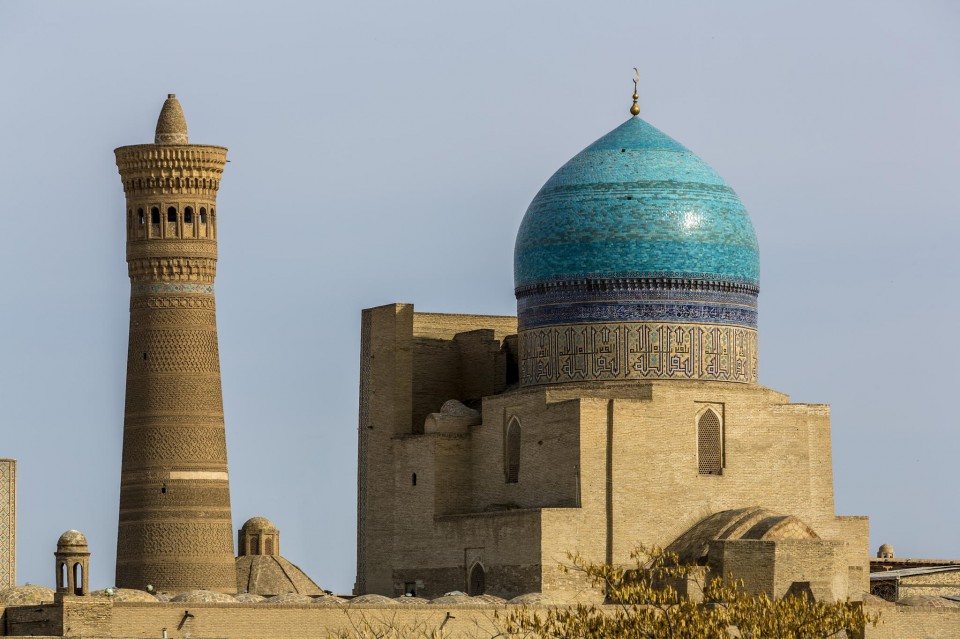
Image courtesy of 500px
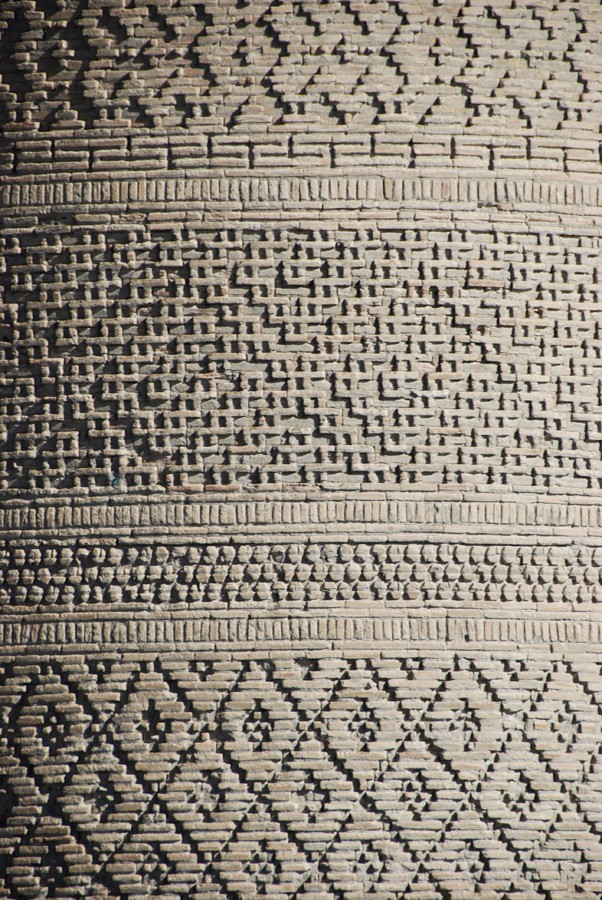
Brick detail on the Kalyan minaret.
Image courtesy of Gosia.
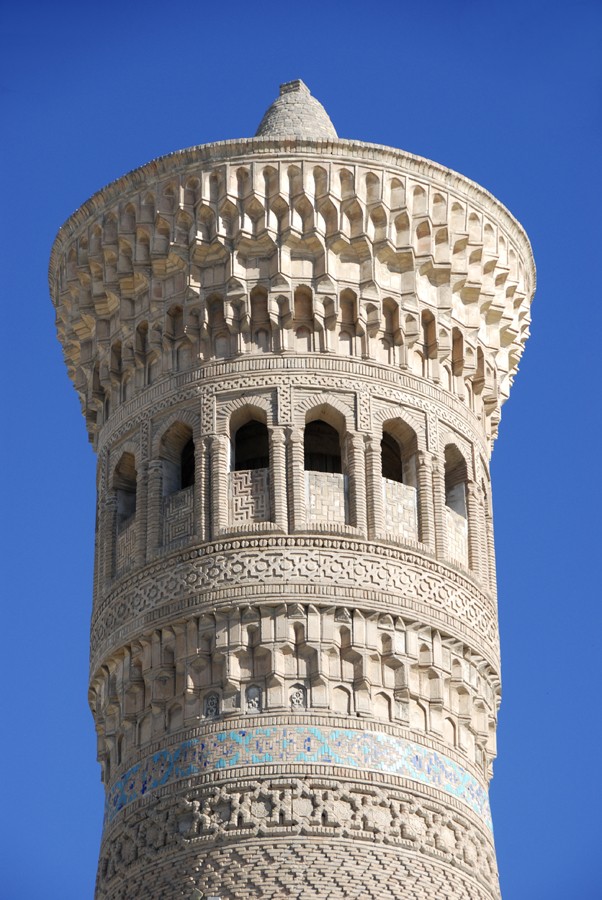
The top of the Kalyan minaret.
Image courtesy of Gosia.
